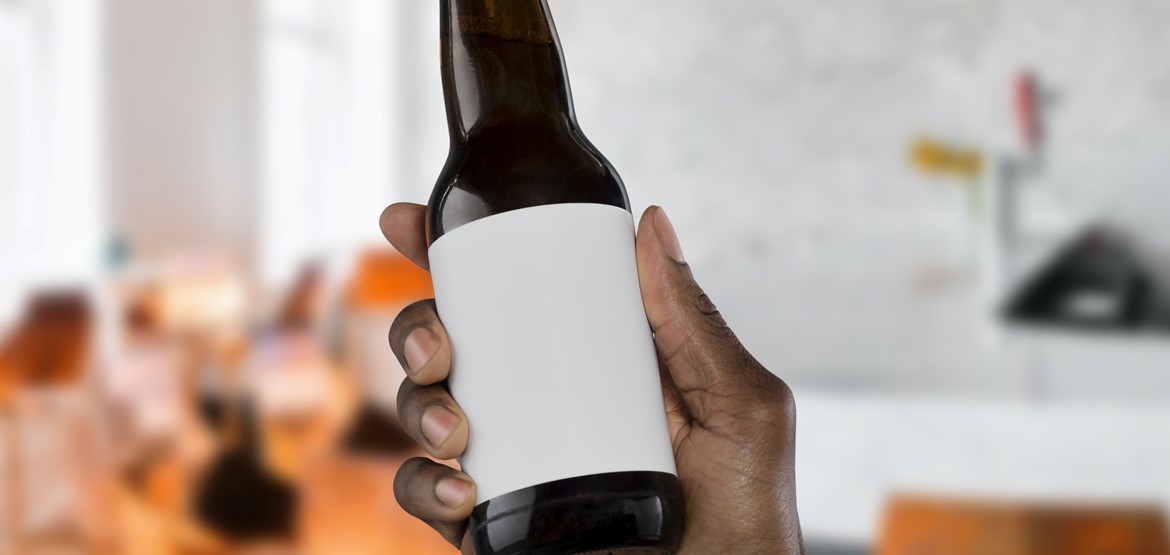An explosion of choice for lower and non-alcoholic drinks

Even as recently as just five years ago most people who chose not to drink alcohol predominantly had the choice of lemonade, orange juice, cola or water. But how that’s changed, with an explosion of lower alcohol and non-alcoholic drinks now available, meaning that moderation is becoming more accessible than ever before.
There are so many beer, spirit, wine, cider and functional drink alternatives available that drinks buyers from pubs, bars, restaurant, hotels, supermarkets and convenience stores are attending a trade show organised specifically to showcase some of the most innovative brands on the market. Drinkaware is pleased to be supporting the show - Low2NoBev - as we recognise the importance of lower strength drinks as a moderation technique used by many people.
Lower alcohol drinks can be a great way of cutting down on the amount you drink at home or for pacing yourself on a night out, helping to avoid the short term effects of drinking too much. Introducing lower alcohol or non-alcoholic drinks to your routine is simple, so encouraging a varied range to be more widely available in bars and off-trade retail outlets is to be welcomed.
And making the switch will have short-term health benefits as you’re more likely to have a better nights sleep, feel refreshed and be more productive at work the next day as a result. Some of the lower alcohol and non-alcoholic drinks may be lower in calories, too, so your waistline will thank you.
Changing to these emerging drink options can also help you avoid more serious long-term effects of drinking too much including cancer, mental health problems, high blood pressure and heart disease. Assuming you drink the same number of drinks, choosing lower strength alternatives will reduce the number of units you consume, making it more likely that you stay within the UK CMO’s low-risk drinking guidelines.
Introducing lower alcohol or non-alcoholic drinks to your routine is simple, and it doesn’t mean you have to stick to them all the time. They can be part of the range of drinks that you choose and included in a way that suits you. Whilst some people might decide that it is all they want to drink, others may swap in for every other drink or substitute on a couple of days a week.
However you choose to drink lower alcohol or non-alcoholic drinks, they can be an achievable and sustainable way of cutting down in the longer term and the effects are obvious. Someone who regularly has a couple of glasses of wine with dinner, for example, could more than halve the number of units drunk in an evening by switching to a 5.5% ABV wine instead of the more usual 12-14%.
The Low2NoBev show highlights that the range of alternative drinks is increasing so this is a great time to discover some of the options that are available. if you’re out and about, do get into the habit of asking the bar staff which lower strength or non-alcoholic drinks they have as the range will continue to grow as customer demand increases. And if you’re staying in, why not try switching to a lower alcohol alternative – we’ve even got some mocktail recipes if you want to try making your own.